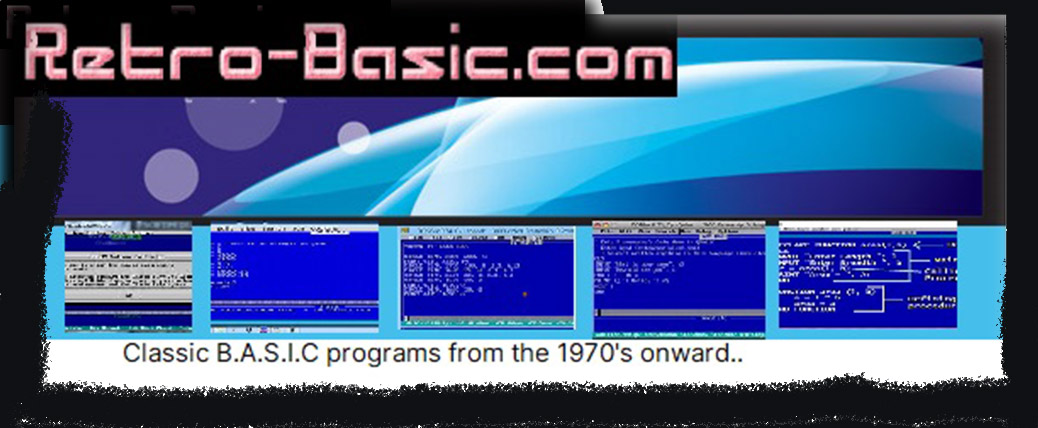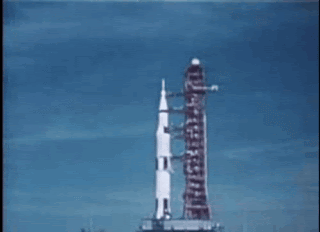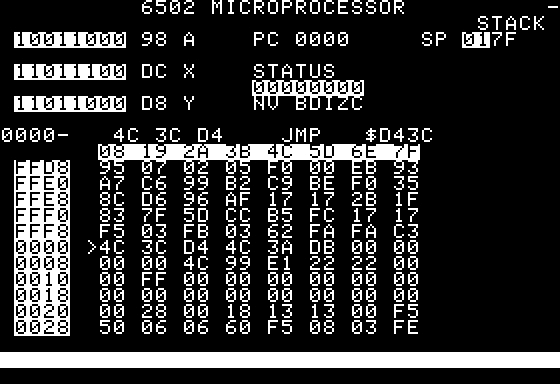
What is Basic - Basic in History - The Retro-Basic Book - Programs
INFO PAGES
; Games - manual - 1970's Games - Educational Uses
PROGRAMS
Retro-Basic games - DOS Programs - B>A>S>I>C Stubbs
---------------------------------------------------------------------------
INTRODUCTION
What is Retro-BASIC?
With this system you have aquired an efficient means to program
and develop your very own Games and other applications.
You should learn the many commands and functions before
you can program efficiently in Retro BASIC.
That is where this manual comes in.
YOU DON’T HAVE TO BE A COMPUTER SCIENTIST TO
USE RETRO-BASIC.
IT IS FOR STUDENTS MEETING COMPUTERS FOR THE
FIRST TIME OR FOR THOSE IN INDUSTRY , ENGINEERS
WHO NEVER FORMALLY STUDIED COMPUTING BUT
WOULD LIKE TO WRITE SIMPLE COMPUTER
PROGRAMS .
ALSO, FOR MANAGERS WHO DO NOT WANT TO
WRITE PROGRAMS BUT WOULD LIKE TO KNOW MORE
ABOUT A FIELD IN WHICH THEY OFTEN
HAVE TO MAKE DECISIONS IN.
AND (MAINLY )FOR THOSE WHO CAN ALREADY
WRITE PROGRAMS IN BASIC BUT SEEK A
FAST, NEW, FUN WAY TO GET A BROADER VIEW OF
THE LANGUAGE AND LEARN GAME DESIGN.
History
Early personal computers, such as the Altair 8800,
were programmed using assembly language
and machine code.
However, there was much interest in developing
higher-level computer languages
for these early machines.
The BASIC programming language
(Beginner's All-purpose Symbolic Instruction Code)
was a natural target for these efforts.
The original BASIC was developed in 1964 and
ran on mainframe computers.
Many computer science students wrote their
first programs in BASIC.
So, when personal computers appeared, there was a natural
desire to develop a BASIC language
interpreter that could run on these new machines.
Retro BASIC/Version 1.7 is now done!
RetroBASIC 1.7 lets you quickly produce standalone
applications for Windows XP, 2000 , Windows 7 , Vista (WIN8.1)
and Windows 10.
Small executable size and fast loads.
Its power goes beyond most Basic versions
with its ability to use some standard RAD tools.
1. Variables saved and loaded from database
2. Mapper system
3. Character generated Sprite system.
4. Sound System.
5. Graphics .. Lines, Boxes, Circles.
6. Mouse Input
A Brief History of BASIC
The BASIC language was first developed in 1964 by J. Kemeny and T. Kurtz at
Dartmouth College. It was designed to be a very easy language to understand,
use, and program in. It was also meant to be a first step toward writing programs and quick to learn so the user could go on to
use the more complicated languages.
In the 1970s, Paul Allen and Bill Gates decided to develop a BASIC language for the new Altair personal computer.
The developers of the Altair showed a lot of
interest in this BASIC language, and gladly liscenced it.
Bill Gates and Paul Allen put BASIC onto other types of computers.
By 1980,
BASIC was moved to Atari 800/Series , Commodore 64 ,
and Apple II computers
as well as the IBM PC..
Bill Gates developed an operating system called DOS (Disk Operating
System) with a BASIC interpreter.
Basica.. GWBasic.. and QBasic..
This allowed any user who owned DOS to
write programs in BASIC.
Bill Gates eventually became the head of Microsoft,
and he and his company quickly
realized how popular BASIC was.
So, Microsoft decided to write a compiler for Intel-based clone
computers that did not require DOS.
QuickBasic, the first standalone BASIC compiler, was born.
Next, focusing on GUI and on graphics, Microsoft developed Visual
Basic, which created graphical programs using BASIC as a core language.
When Quick BASIC finally reached its apex, about 1990, its popularity was wiped out, and then it was dropped.
Visual Basic is fine as a language But relies more on
Windows, the GUI stylings, and also loses a lot to speed
of execution.
This makes games hard to code, and not
very capable of real Live animation,
scrolling graphics and great looking scenic graphics.
In 2018, Retro-BASIC was introduced. It captured the computers
greater processing speed, harnessing it fully, and expanded into
a much more powerful BASIC compiler.
It has seen a lot of improvements, and Super Softco has decided to use it
as the base of their new GAME MAKING monolith ... Retro-BASIC
Retro-BASIC is geared toward the game developer.
Retro-BASIC is very easy to learn and
understand due to its BASIC nature, and is a good way
to learn game programming from the ground up ,
without having to worry about system code that has
nothing to do with gaming itself.
It takes all the dirty chores, hides them under the floorboards
and lets you make up the actual game itself.
It also saves you a lot of time in the process.

THESE ARE THE INITIAL COMPUTERS HAVING BASIC
AS THIER MAIN LANGUAGE. IT WAS BUILT-IN AND
EASY TO USE. THOUSANDS OF PEOPLE
PROGRAMMED IN BASIC DAILY ON THESE CLASSIC
MACHINES.
PET by Commodore
The Commodore PET is a line of personal computers produced starting in 1977 by Commodore
It had Commodore BASIC in read-only memory,
The TRS-80 Micro Computer System
It was a desktop microcomputer launched in 1977 and sold by Tandy Corporation through their Radio Shack stores.
What followed was the
TRS-80 Model I, III, and IV. They had their own version of BASIC.

Apple I
The Apple I was Apple's first product, and to finance its creation,
In 1977, with the introduction of its successor, the Apple II, is
referred to as part of the "1977 Trinity". This high-selling unit
also had its own version of BASIC.
Later on , there were other machines from ATARI, Texas Instruments
and IBM PC Clones featuring BASIC as its main language. It was
a free include for the most part.

Retro-Basic
I have two hopes for Retro-BASIC. First, I hope that users
will like it knowing more than before about BASIC works, and
how to enjoy—and perhaps write—computer games.
. Second, I hope that it will play some
part in encouraging software creators to come out with more
and better games , adventures and arcade hits.



